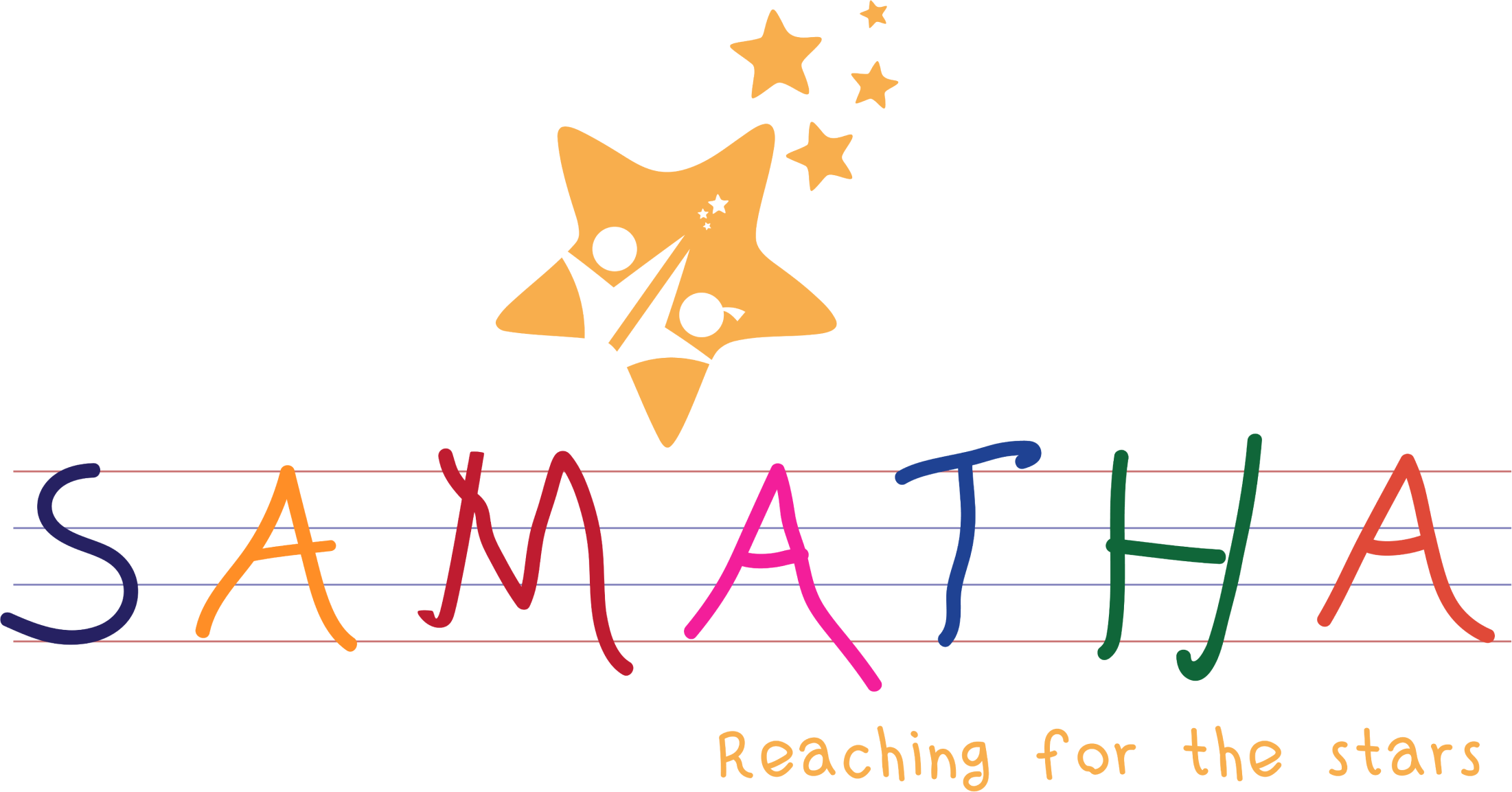Behaviour is always communication. Always!
Our concern arises when the behaviour exhibited is inappropriate or can cause harm to self or others. So when we say that ‘behaviour is communication”, then what does that mean?
Scenario 1:
Its possible, we missed the communication when it was calmer. Very often children who are soft spoken or quiet by nature , can get left out in the hustle and bustle of life. They get tired of being ‘good’ when it is not valued. We then see behaviour that gets our attention!
Scenario 2:
There are times when the child is struggling with emotional or physical troubles that cannot be seen on the outside. It could be a fear that the child feels that his body experiences as a stomach ache. Or it could be an yet- to- be-diagnosed sensory processing disorder that controlling the child’s responses.
Scenario 3:
The behaviour could be a learnt behaviour. It could be one that is exhibited by a person of authority at home or at school. It could be one that the child used and got favourable outcomes and so would then repeat it for repeated outcomes.
How to address behaviour:
: Pay attention – to the quiet and the non verbal.
: if the behaviour continues even if the child’s needs are being attended to, then investigate for physiological or emotional distress.
: to teach, model the desired behaviour. Address the unacceptable behaviour before it becomes a habit.
It is good to seek support for what we as parents and care givers may be struggling with.
#samathalearning center #counseling #emotionalneeds #sensoryprocessing

